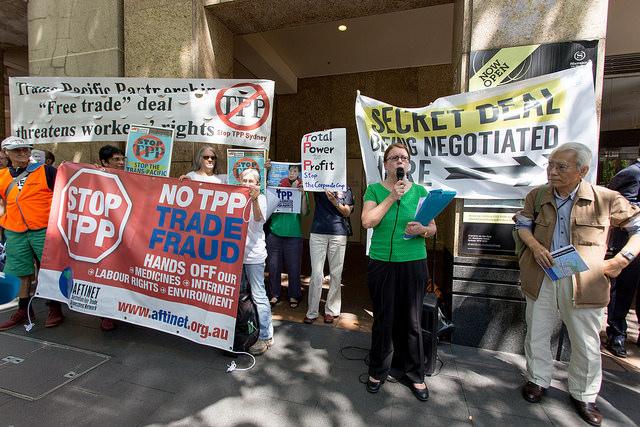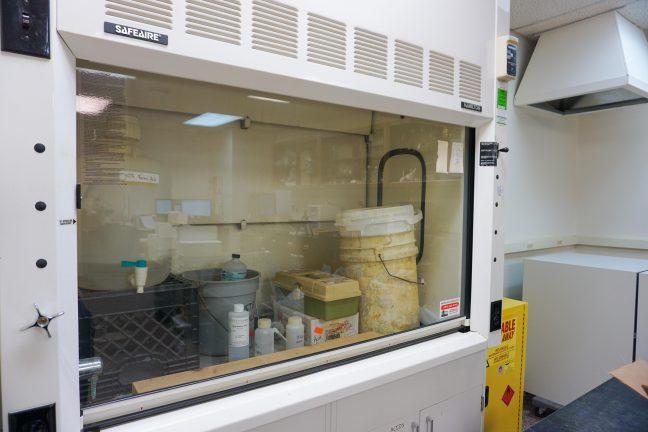International trade is an issue not entirely understood. Most of what people and politicians conclude is that trade takes away American jobs, making unemployment go up while providing few benefits to the American people.
This idea could not be more false.
Trade has been proven to increase GDP growth and benefit the average American, which makes the 2016 campaign season truly mind-boggling.
There wasn’t much agreement on anything between former Secretary of State Hillary Clinton and President-elect Donald Trump, except for their denunciation of trade. Both came out against the Trans-Pacific Partnership.
The TPP is feared and is falsely believed to be an evil document poised to doom the average American worker. The prevailing Republican argument is that the proposed agreement will cause people to lose their jobs, while the Democratic claim is that it will lead people to become subservient to multi-national companies.
I would assert that this thought process is based upon fears of the unknown regarding what the TPP is and what it will do. At a baseline level, the TPP is a free trade deal that would eliminate or reduce 18,000 tariffs among the 12 member nations — America, Japan, Malaysia, Vietnam, Singapore, Brunei, Australia, New Zealand, Canada, Mexico, Chile and Peru.
There are three certainties with this free trade agreement: certain job sectors will experience job loss, but the U.S. will experience economic growth and a more stable world will result.
The sector that will be hit most obviously is the manufacturing sector. Primarily due to lower cost of production, manufacturers would move their factories overseas, causing the manufacturing sector to lose jobs. But for several reasons this is not a terrible outcome.
First and foremost, this means lower costs to all consumers. The best way to lower prices is to lower costs of production, and that’s what knocking out trade barriers and moving factories overseas will do. Secondly, the American manufacturing sector is already very weak, comprising a mere 12.3 million people or nine percent of the workforce.
We are now a service-based economy, with 80 percent of jobs residing in the service sector in 2014. Congress realizes this, as they have passed the Trade Adjustment Assistance bill providing assistance for those who lose their jobs to international trade.
Even if, as Trump purports, we can bring manufacturing jobs back to America or prevent the loss of them, many of the people who would do these jobs would be replaced by more productive, cheaper machines. It is estimated that 47 percent of the jobs in the U.S. can be automatized. Once the cost of these machines falls below the cost of a worker, these jobs will likely be replaced by machines. This is particularly true in automotive manufacturing. The Henry Ford assembly line of unskilled laborers has been replaced in large part by cheaper, more productive machines.
The way to tell whether or not the TPP will expand America’s economy is to look to the North American Free Trade Agreement. NAFTA, which Trump wants to renegotiate, provides several billion dollars of additional growth in the American economy annually and estimates measure that 14 million U.S. jobs — more jobs than in the manufacturing sector — rely on trade with Mexico and Canada.
Lastly is the fact that trade creates dependence between countries, thus lowering the chance that countries go to war. When we open up with other countries to trade, we end up creating a dialogue between two nations causing for problems to be solved diplomatically instead of through violence.
If Congress knows what’s good for America, they’ll pass the TPP in Obama’s lame-duck period.
Aaron Reilly ([email protected]) is a sophomore majoring in social work and economics.














